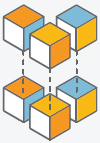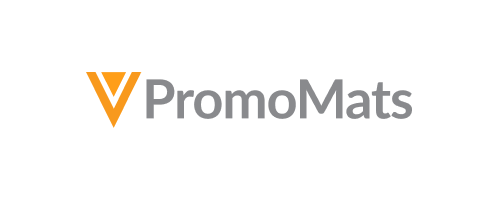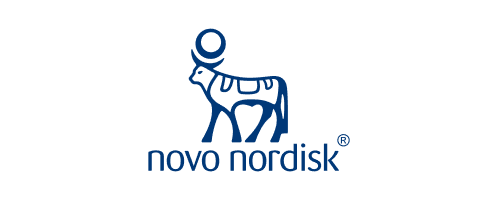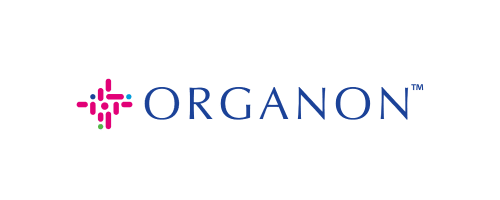The Journey to a Global
Modular Content Strategy
Lessons learned from a Top 10 Pharma
The volume of content increased 60% in the past 6 months1. With the proliferation of digital channels, life sciences companies continue to evolve their content globally. Companies are exploring new ways to reconcile the high volume of content creation with the need for more personal messaging.
One large pharma company embraced a modular approach to generate localized content faster while enforcing global brand consistency. Knowing this would be a major undertaking they developed a strategy to launch the new program that serves as a robust model for other organizations looking to adopt modular content.

Modular content is the process of assembling and reassembling pre-approved components (or “modules”) into different types of content for use across regions and channels. This approach enables a more streamlined and effective way to meet the requirements of both local customization and global brand consistency, without slowing down content production.
Key Steps for Launching a Modular Content Strategy
Step 1: Establish a core team responsible for global strategy
The main objective of the core team was to develop the guiding vision and strategy for establishing a modular content process and driving adoption through all the local affiliates.
One of the key goals the company identified was to “teach people how to fish.” They wanted to equip the affiliates to self-serve. Establishing central processes and tools enabled everyone to learn the same system and understand how new modules and templates worked together.
Step 2: Understand the essential parts of a modular content strategy

Approved Research. While different content pieces use the same foundational studies and research, teams must review this information each time it appears in a new asset. Rather than going through the entire review process multiple times, approving core claims, and references first saved significant time on reviews.
Standard Formatting by Channel. The organization needed a streamlined way to create content quickly across channels. Creating standard templates within each channel allowed for modular content to be assembled faster.
Global to Local Module Libraries. The organization created global module libraries and channel templates that were all approved for use by regional teams. This gave regional teams the ability to quickly create, review, and approve local content by clearly identifying pre-approved content, checking for local context, and reviewing exceptions. This increased the pace of content development and helped ensure brand consistency across affiliates globally while allowing for flexibility around regional and local requirements.
Global System for Content Sharing. Finally, the teams needed a way to manage and share materials across the world. Through their digital asset management (DAM) solution, they were able to share, store, and manage all content types, including modules, templates, approved documents, etc. By owning the licensing and content at the corporate level, they maximized utilization and created efficiencies.
Step 3: Launch the Program
The company knew that the only way to drive global consistency was for headquarters to fully support the initiative. They adopted a “globally orchestrated, regionally managed, owned by countries” mantra used to communicate the benefits of the new program.
The global team started by identifying “must-win” markets. “Lighthouse” pilots helped them ensure what they built would meet the demands and needs of the market. Once these lighthouse markets were up and running with the new process, they launched the remaining regions.
Benefits of a Global Modular Content Strategy
To further drive adoption across regional and local affiliates, it was important to clearly communicate the impact this strategy had on the business.

In the end, the company was able to achieve a real impact. Not only did they increase their average speed to market by 28%, but they also reduced the cost of content creation by 19% and the number of review cycles by 22%. The organization continues to evolve its modular approach to drive further value across its content ecosystem. They expect to see further improvements in their speed to market and continue to optimize workflows.
Are you looking to adopt a modular content approach? Learn more.
1 Veeva Pulse Data, October 2020


